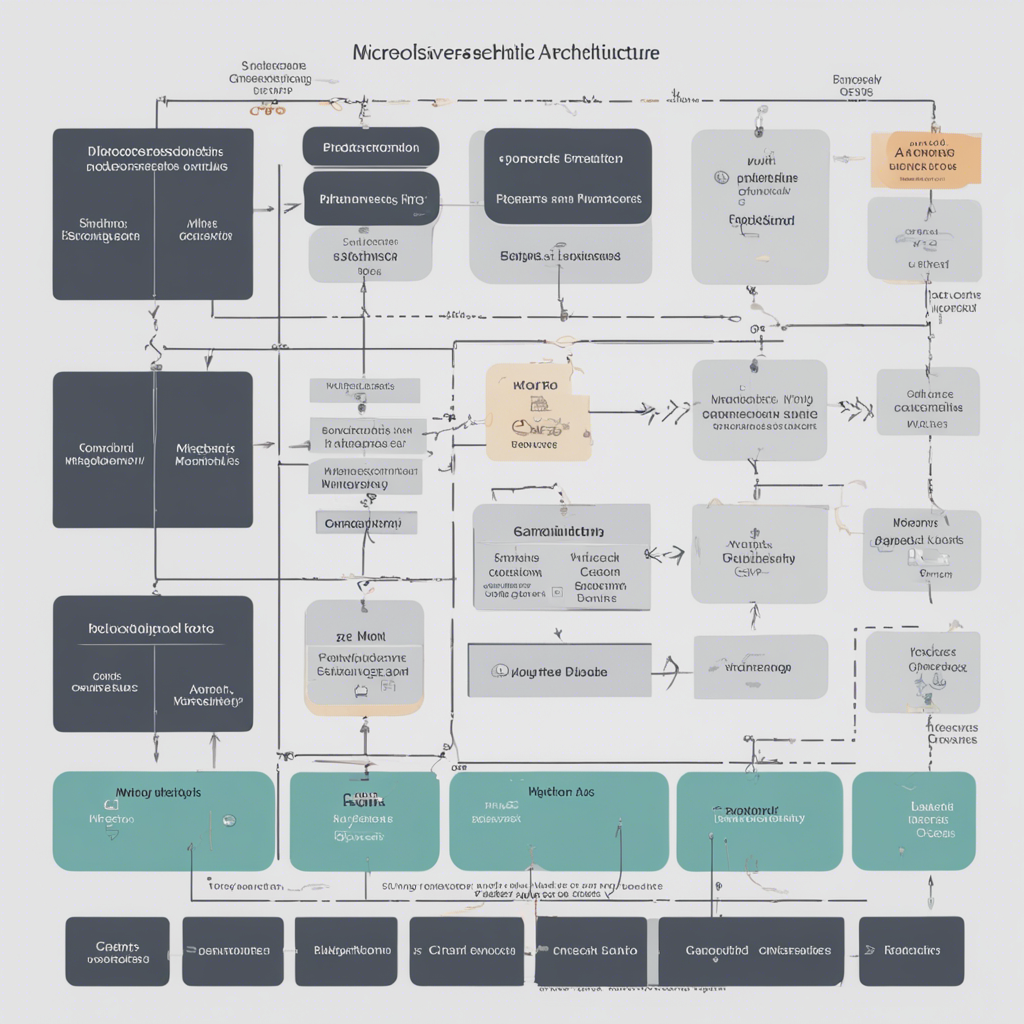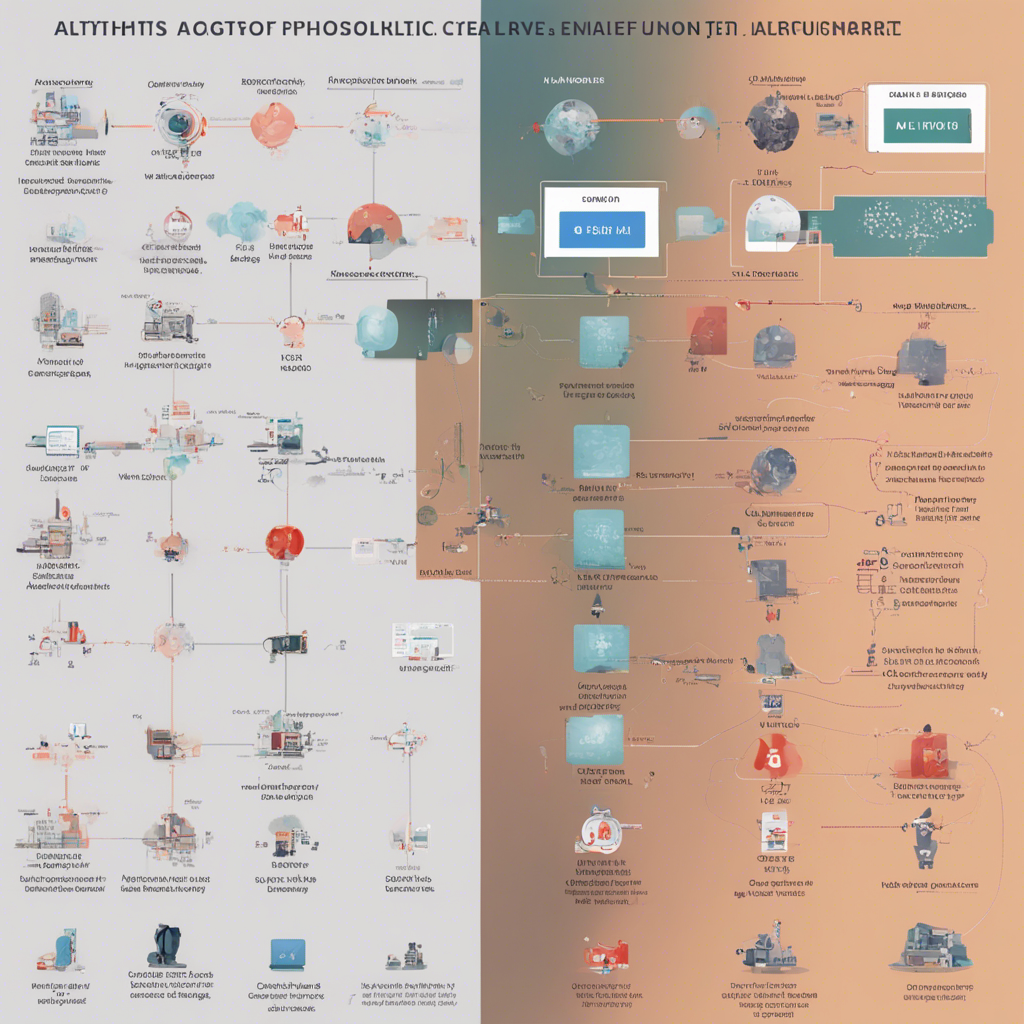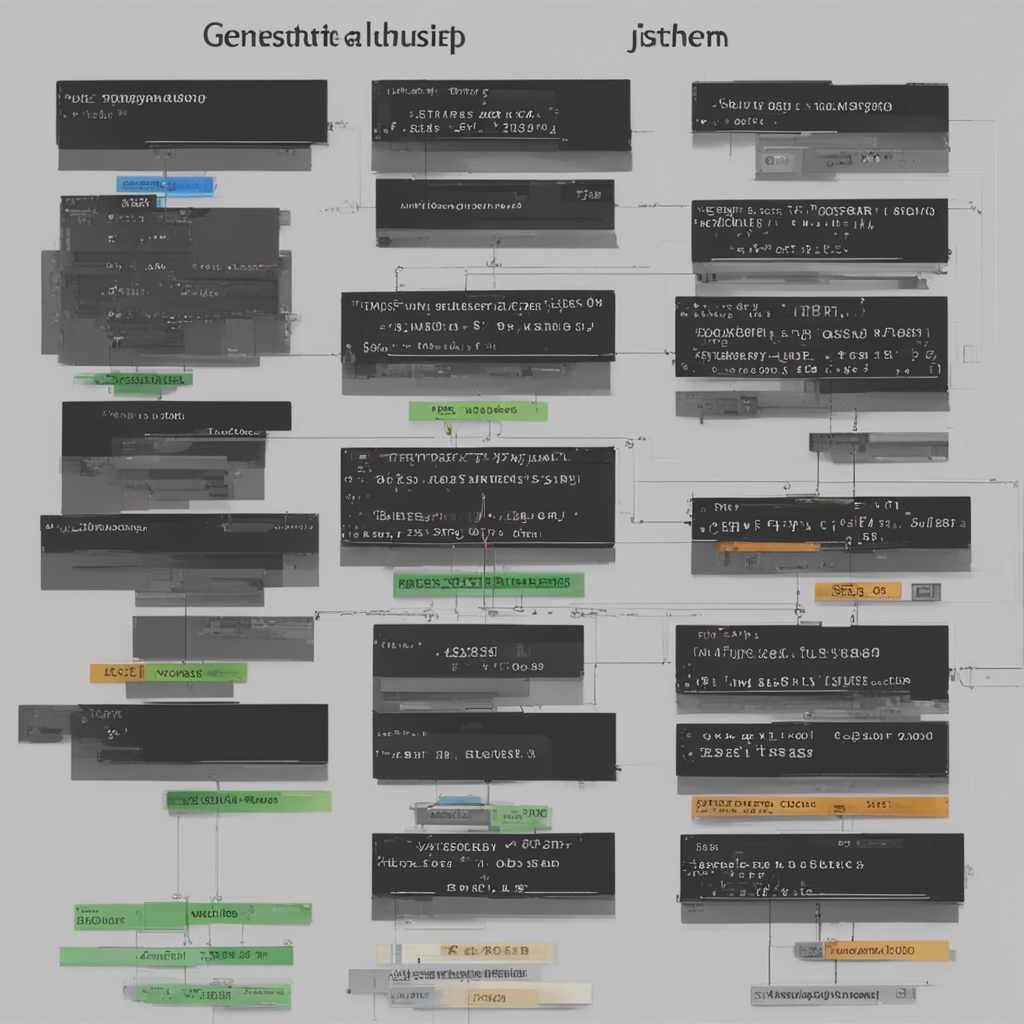
The Pros and Cons of Microservices: Unlocking the Potential of Agile Software Development
In today’s ever-evolving digital landscape, businesses must adapt to stay competitive. Traditional monolithic software architectures that were once the norm are now being replaced by more flexible and scalable alternatives. Microservices have emerged as a popular architectural paradigm that allows organizations to build and deploy software applications in a more agile and efficient manner. However, like any technological approach, microservices come with their own set of advantages and challenges. In this comprehensive blog post, we will explore the pros and cons of microservices, providing you with the information you need to make an informed decision.
What are Microservices?
Microservices, also known as the microservices architecture, is an architectural style that structures software applications as a collection of loosely coupled, independently deployable services. Each service, or microservice, is responsible for a specific functionality and can communicate with other services through lightweight communication mechanisms, such as APIs. This modular approach allows organizations to develop, deploy, and scale applications more efficiently, ultimately enhancing the agility of their software development processes.
The Pros of Microservices
1. Scalability and Flexibility
One of the biggest advantages of microservices is their ability to scale and handle high volumes of traffic. Each microservice is deployed and scaled independently, enabling organizations to allocate resources only where they are needed. As a result, businesses can optimize their infrastructure utilization and avoid overprovisioning, leading to cost savings.
2. Improved Agility and Speed of Development
Microservices promote a decentralized approach to software development, allowing teams to work on different microservices simultaneously. This parallel development process enhances agility and speed, facilitating faster time-to-market for new features and updates. Moreover, microservices enable the use of different programming languages and technologies for each service, enabling teams to choose the most suitable tools for specific tasks.
3. Enhanced Fault Isolation and Resilience
In a monolithic architecture, a single bug or issue can bring down the entire application. Microservices, on the other hand, facilitate fault isolation, as each service operates independently. If a particular microservice fails, it does not affect the overall system, making it easier to identify and fix issues quickly. Furthermore, microservices allow for graceful degradation and fallback mechanisms, ensuring the continuity of essential functionalities even if some services are temporarily unavailable.
4. Technology Heterogeneity
Microservices enable organizations to embrace technology heterogeneity. Each service can be developed using the most appropriate technology stack for its specific requirements. This flexibility allows teams to leverage the benefits of different programming languages, databases, and frameworks without being constrained by the technology choices of the entire application.
5. Scalable Organizational Structure
Microservices drive a shift towards a more decentralized and autonomous organizational structure. Development teams can take ownership of their microservices, fostering a culture of accountability and empowerment. This distributive decision-making process facilitates faster response times and encourages innovation at the individual service level.
The Cons of Microservices
1. Increased Complexity
While microservices offer modularity and increased flexibility, they also introduce a higher degree of complexity. Coordinating the communication between multiple microservices and managing their interactions can be challenging. Additionally, the deployment and monitoring of numerous services require advanced orchestration tools and operational expertise.
2. Distributed System Challenges
Microservices operate within a distributed system, which introduces complexities related to network latency, partial failures, and eventual consistency. Ensuring consistent and reliable communication between services can be more challenging compared to a monolithic architecture. Proper service discovery, load balancing, and fault tolerance mechanisms become crucial for maintaining system reliability.
3. Operational Overhead
Microservices require dedicated operational effort due to their distributed nature. Deploying, monitoring, and managing a large number of services can become resource-intensive and time-consuming. Organizations must invest in efficient deployment pipelines, monitoring tools, and robust infrastructure to handle the operational overhead that microservices entail.
4. Data Consistency and Integrity
In microservices architectures, data management becomes complex as each microservice may have its own database or data store. Maintaining data consistency and integrity across multiple services can be a significant challenge. Organizations must implement appropriate strategies and mechanisms to handle data synchronization, replication, and eventual consistency.
5. Learning Curve and Skill Requirements
Adopting microservices often requires teams to learn new frameworks, programming languages, and distributed system concepts. This learning curve can slow down initial development efforts and requires organizations to invest in training and upskilling their developers. Additionally, teams must possess an understanding of the principles and best practices for developing distributed systems to ensure the successful implementation of microservices.
Conclusion
Microservices offer numerous benefits, including scalability, agility, fault isolation, technology flexibility, and scalable organizational structures. However, they also introduce complexities such as increased development and operational overhead, distributed system challenges, and data management considerations. As with any architectural approach, it is essential to carefully consider the specific requirements and challenges of your organization before adopting microservices.
By understanding the pros and cons outlined in this blog post, you can make an informed decision regarding the suitability of microservices for your software development projects. When implemented strategically and with careful planning, microservices can unlock the potential for agile software development and provide your organization with a competitive edge in today’s dynamic business landscape.
Note: The opinions and insights discussed in this blog post are based on industry research and expert opinions, as referenced below.
References:
- Richardson, Chris. “Microservices” (book). Published by O’Reilly Media. November 2019.
- Fowler, Martin. “Microservices” (online article). Published on martinfowler.com. March 2014.
- Newman, Samuel. “Building Microservices” (book). Published by O’Reilly Media. February 2015.






